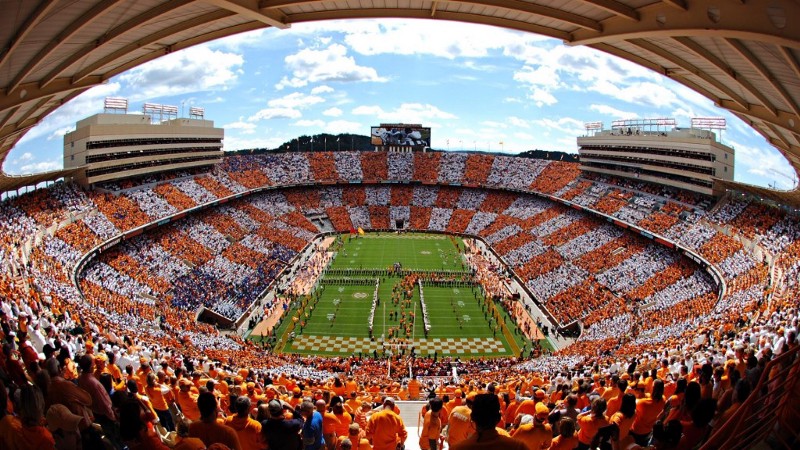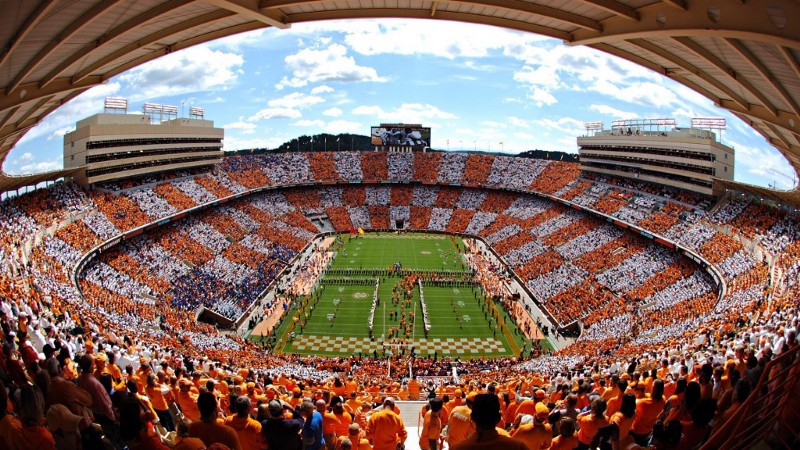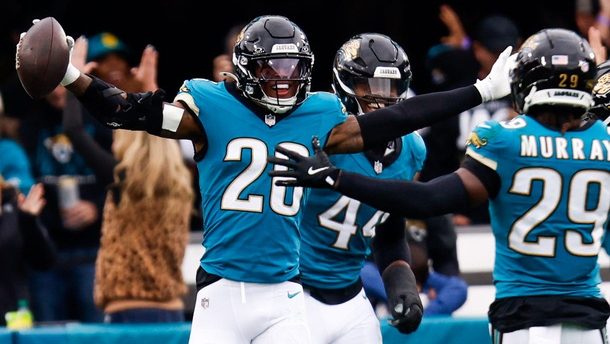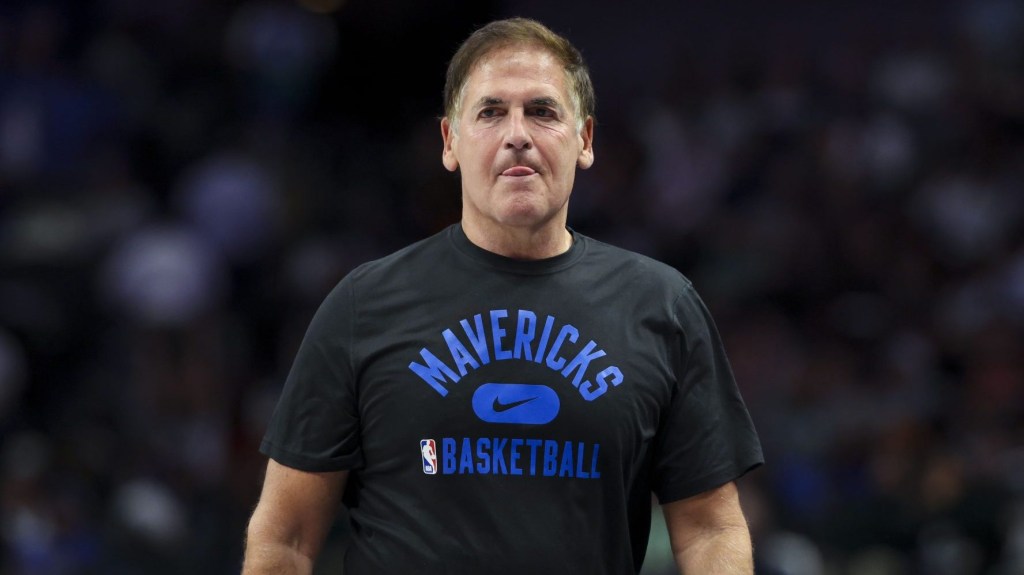The background of some of the most powerful people in collegiate athletics might surprise you.

College sports is a huge, rapidly expanding industry. Whether it be a high-stakes March Madness game or a pre-season field hockey exhibition, student-athletes come to play. I’ve always loved that energy. In fact, that energy is what has inspired me to pursue a career working in a college athletic department.
Athletic departments consist of many different divisions: communications, development, marketing, operations, and much more. Overseeing all of this is the athletic director. Personally, I would like to work in communications — the job I’ve been doing the past four years. But would I do that for the next 30? Maybe. But maybe not. I think I’d like to lead the whole operation one day. Whatever happens, I’m either going to be an athletic director or work for one.
So that got me thinking: What does it take to be an athletic director? After all, there are only 128 of them in the NCAA’s Division I Football Bowl Subdivision — the highest level of college sports there is. Directing athletics for one of these schools is a huge responsibility. And, as if leading the athletic department at one of these universities isn’t enough work, some directors even serve as vice presidents or chancellors of the school. Who holds these high-level (and high-stress) jobs? How did they get them? Where did they come from? These questions led me to dig through 128 different staff directories and athletic director bios to find the answers. What I found was really cool.
Let’s start with what I observed. For each of the schools in Division I FBS, I recorded the following:
Educational Background
- Highest degree obtained
- Field of study of the degree
- Alma mater where the degree was obtained
- Alma mater of undergrad (if highest degree was a postgrad degree)
Demographics
- Race of AD
- Gender of AD
After peering over the data, doing a lot of calculations, and putting together several tables and charts, I present my findings.
NOTE: Three universities — Fresno State, Louisville, and Washington State — were left out because they do not currently have a permanent athletic director. Therefore, all percentages are factored using 125 schools as opposed to 128. Ratios for conference stats are adjusted accordingly as well.
Who are they?
- Just eight out of 125 athletic directors in the FBS are women. That’s just above six percent.
- Four of them are spread across two conferences (two each in the MAC and Mountain West).
- Of the 125 observed schools, 109 had a white athletic director. That equals 87 percent of the FBS.
Where did they come from?
- Nine athletic directors (7 percent!) come from Ohio University’s prominent Master’s of Sports Administration program. Two additional ADs did their undergrad there, too.
- The next most popular alma mater was the University of Tennessee, which produced five ADs (4 percent).
- Seven of the 14 athletic directors in the SEC went to an SEC school. Five of the Big XII’s 10 ADs went to a Big XII school. This ratio (one-half) is the highest of any conference.
- The only conference without a single AD that graduated from a school in that conference is the American.
- One hundred of the FBS’ 125 athletic directors (80 percent) studied at an FBS school for undergrad and/or postgrad.
- Three athletic directors from each the American and MAC (each has 12 schools) did not go to an FBS university, the highest ratio of any conference.
- Just one of the Pac-12’s twelve athletic directors did not go to an FBS school, the lowest ratio of any conference.
- Just three athletic directors (Ray Anderson of Arizona State, Jim Knowlton of Air Force, and Bernard Muir of Stanford) attended Ivy League schools.
What did they study?
- One-half of the Mid-American Conference (six athletic directors) studied Sports Management.
- Not one athletic director in the Big Ten had Sports Management as their highest degree (the only conference like this).
- Only eight of the Big Ten’s 14 athletic directors attended school past undergrad, the lowest of any conference.
- All but one of the C-USA’s 14 athletic directors achieved a post-graduate degree of some sort, the highest ratio of any conference.
- The most popular degree among ADs was a master’s (42 percent), followed by bachelor’s (19 percent), MBA (12 percent), Ph.D (10 percent), J.D. (9 percent), and M.Ed. (8 percent).
Where do they work?
- A total of 26 athletic directors (21 percent) are working at their respective alma maters.
- Three of the FBS’ 11 Juris Doctor degrees (nearly one-third) reside in the B1G.
- Only five of the FBS’ 14 PhDs reside within the Power Five.
- Four of the FBS’ 15 MBAs reside in the Mountain West.
I knew what I wanted to record for this research, but I really didn’t know what to expect in terms of results. Therefore, all of the above trends I came across were really interesting!
As so many people in the sports industry can attest to, there really is no “one true path” to follow. These people come from so many different schools and educational backgrounds. Some of these people attended the biggest universities in the nation and are now working at mid-major schools. Others went to private colleges with less than 2,000 students and are now leading Power-5 departments. I think this goes to show that top administrators in college sports can come from any background. I mean, just take a look at some of the majors I came across while scrolling through bios:
- Counseling
- Engineering
- Journalism
- Liberal studies
- Political science
- Social work
- Zoology.
Athletic director jobs are big-time gigs. Now that I’ve done this study, I have a really good idea of what these people look like and where they’ve come from. The title “AD” used to sound so vague to me, and, as someone who wants to be an administrator in college sports one day, it was really interesting to take a look at the types of people spread throughout the college sports landscape.
This piece has been presented to you by SMU’s Master of Science in Sport Management.
Front Office Sports is a leading multi-platform publication and industry resource that covers the intersection of business and sports.
Want to learn more, or have a story featured about you or your organization? Contact us today.


















